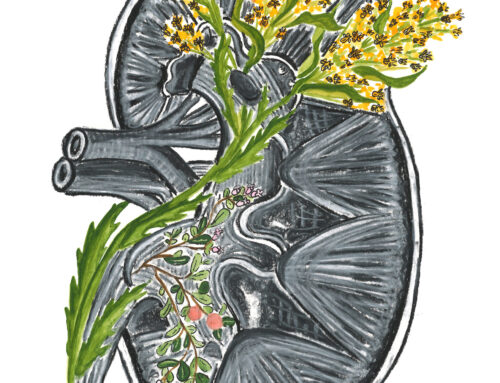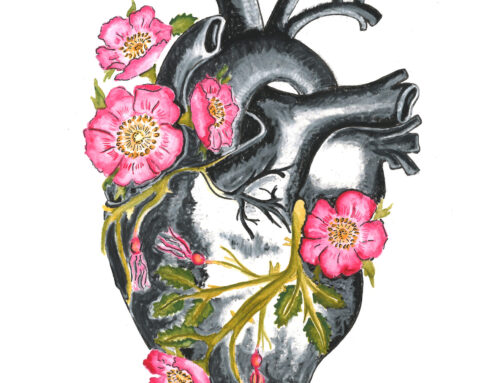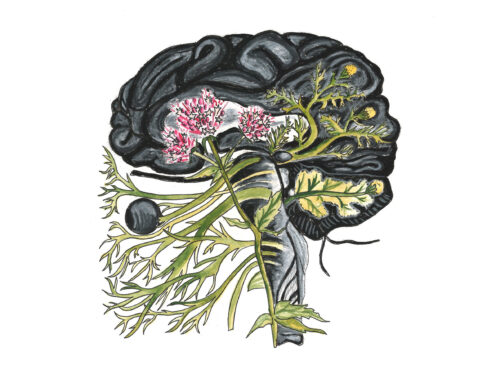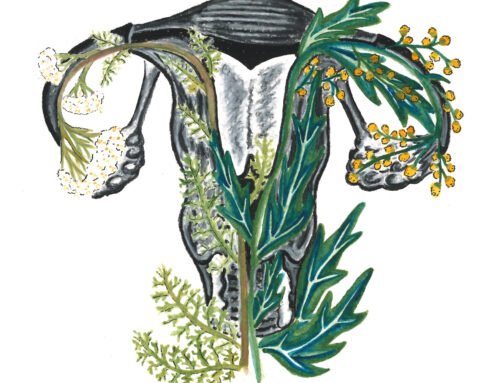Mount St. Helens. Lady of Fire. Or in Twulshootseed, ‘Loowit Latka’.
.
.
.
The Puyallup tribe weaves a story of the origin of the volcanic cones in the southern WA Cascades. At its center is Loowit Latkla, an old wrinkled woman whose life work was to tend the only fire in the world.
The old woman, so faithful to her task, eventually drew the attention of the great chief, Tyee Sahale, who bestowed on her the gift of eternal life and great beauty. A beauty that would eventually lead Sahale’s son’s, Klickitat and Wyeast, into a great feud.
.
Loowit Latka’s pre-eruption cylindrical cone and glistening white slopes are a tribute to that eternal beauty. Even though the “Lady of Fire” is half a mountain today, the active volcano really lived up to her name.
.
Lessons learned: with great beauty comes great destruction.
.
.
.
One of the things I find most fascinating about the eruption is the response of the plants near the destruction paths. In the tephra (rock fragments ejected by the blast) mycelia of fungi responded to the heat of the eruption by growing in spiderwebs across the rock. Islands of understory plants survived under the protective cover of snow. In some areas old growth Douglass fir and western red cedar forests still exist by a chance shift of wind during the eruption (trees pictured are in the blast zone). While trout didn’t survive the blast, when illegally stocked in Spirit Lake, the population grew rapidly. These rainbow trout are unusual to most populations in that they grow fast and large, spawn irregularly, and die young. The unusual growth is likely related to productive near shore aquatic vegetation.
sources:
Oregon State University (http://volcano.oregonstate.edu/oldroot/education/livingwmsh/hr/hrho/nam.html)
US Forest Service (https://www.fs.fed.us/pnw/pubs/science-update-19.pdf)





